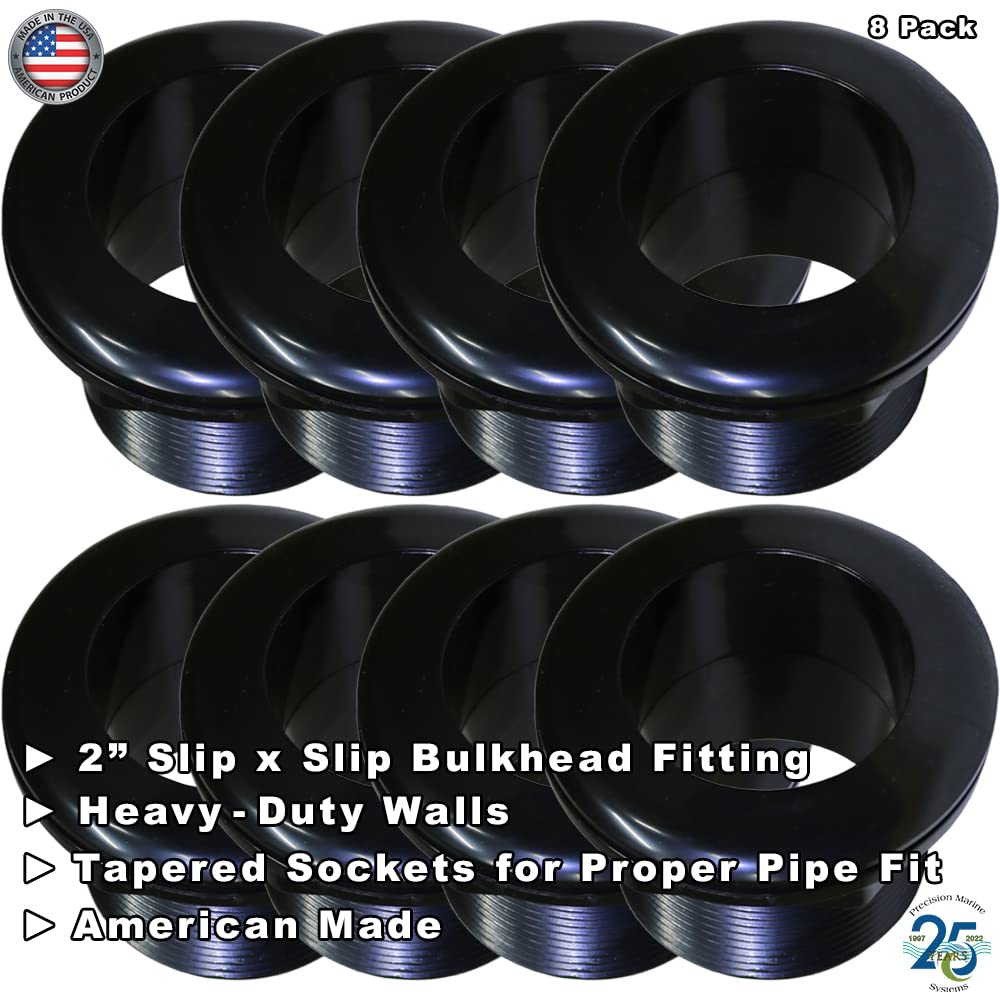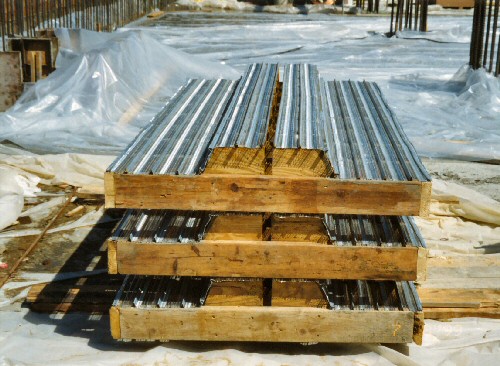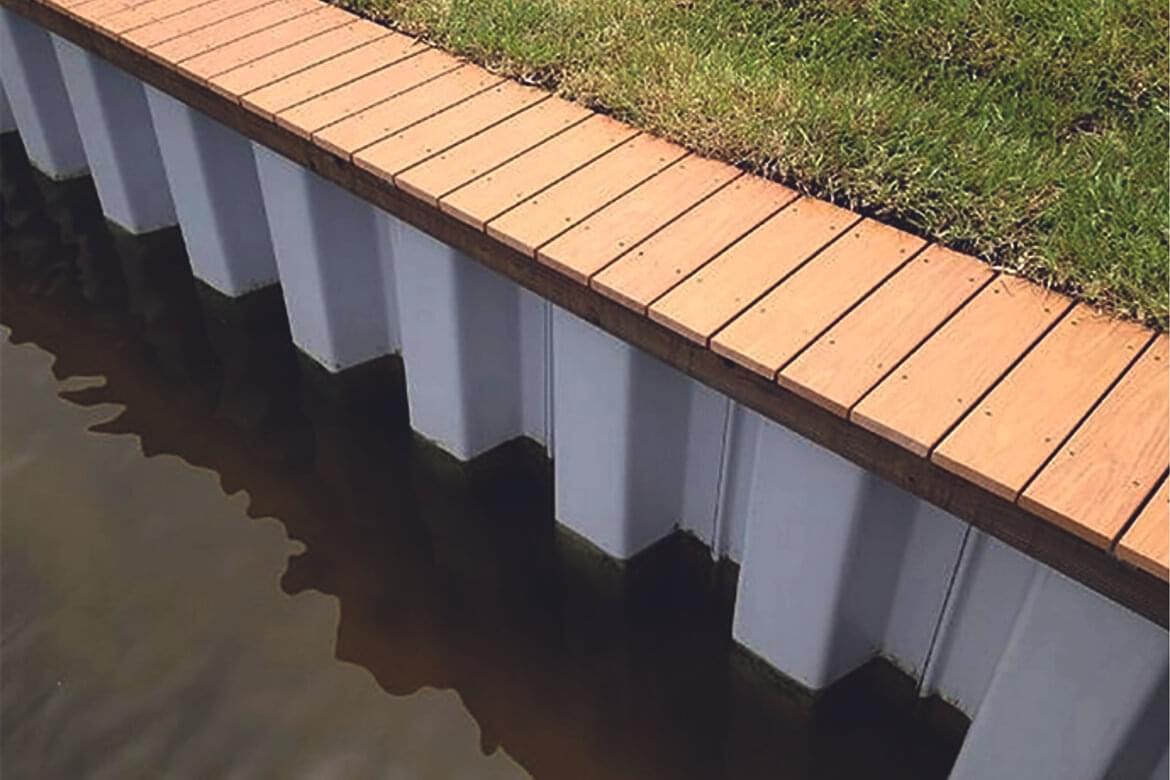The Importance of Ongoing Upkeep for Bulkhead on Lake Livingston
Discovering the Various Uses Bulkhead Structures in Modern Architecture
Bulkhead structures play a substantial role in modern-day style, offering both useful and visual purposes. They can specify rooms, boost storage remedies, and boost illumination. In industrial settings, they work as prime focus that reflect brand identification - Bulkhead on Lake Livingston. In addition, their integration typically sustains sound monitoring and sustainable practices. Comprehending the full range of their applications discloses much concerning contemporary design fads and user experience. What innovative usages of bulkheads might arise in the future?
Defining Bulkhead Structures
Bulkhead structures play a critical duty in contemporary design, offering as vital components in numerous structure styles. These structures are usually specified as elevated platforms or ceilings, typically used to conceal mechanical systems, electrical wiring, or plumbing. Bulkheads can be discovered in both commercial and residential settings, where they offer a smooth mix of performance and looks. Their layout can integrate lights components and other decorative elements, enhancing the overall aesthetic appeal of a space.
Normally constructed from materials such as timber, metal, or drywall, bulkheads can be personalized to fit the architectural design and demands of the building (Bulkhead on Lake Livingston). They offer not only to conceal unpleasant infrastructure however also to develop defined areas within open rooms. By taking care of the flow of a room, bulkheads add to the spatial organization, making them a substantial facet of modern architectural practice. Consequently, their meaning encapsulates both aesthetic and sensible dimensions
Functional Applications in Residential Layout
Bulkhead structures play an important duty in domestic design by helping with area optimization strategies that make the most of useful locations. They contribute aesthetic design aspects that boost the aesthetic appeal of living rooms. On top of that, these structures supply crucial structural assistance services, making certain the honesty and safety of the home.
Area Optimization Approaches
As modern property layouts increasingly focus on reliable use of area, cutting-edge techniques emerge to take full advantage of performance without compromising visual appeals. One prominent strategy involves the combination of bulkhead frameworks, which can mark areas while providing vital storage space options. These frameworks can be employed to create vertical storage systems that boost both company and access. In addition, multi-functional furnishings, such as convertible couches and collapsible tables, enhances bulkhead styles, enabling areas to adjust to differing demands. Open layout additionally enhance spatial flow, encouraging adaptability being used. Integrating built-in shelving and recessed lighting within bulkheads additionally contributes to a structured environment, making certain that every inch of room is used efficiently and sympathetically within the general design.
Aesthetic Layout Aspects

Structural Assistance Solutions
In modern domestic style, an efficient structural assistance service is important for keeping the integrity of spaces while enhancing format and capability. Bulkhead frameworks play a significant function in this situation, working as both assistance and dividing components. They can hide mechanical systems, such as pipes and electric circuitry, while giving reinforcement to the ceiling and floor systems. By tactically placing bulkheads, designers can develop defined areas within open floor plans, improving use without compromising structural security. Furthermore, these structures can suit lights components, adding to both aesthetic appeals and functionality. To sum up, bulkhead structures are essential in household design, supplying versatile support solutions that improve both the capability and visual allure of living rooms.
Enhancing Visual Appeals in Industrial Spaces
When commercial areas accept ingenious bulkhead frameworks, they not just define physical borders however likewise substantially boost the general looks of the environment. These architectural components work as aesthetic centerpieces, drawing attention and developing a feeling of intrigue. By incorporating varied materials such as glass, timber, or metal, bulkheads can mirror a brand's identification and objective, contributing to a cohesive design.
The calculated placement of bulkheads can manipulate light and shadow, adding depth and dimension to or else flat rooms. This interplay can transform a business area right into an inviting ambience, encouraging consumer engagement. Additionally, using color and appearance in bulkhead design can evoke specific feelings, enhancing the total customer experience. Inevitably, the thoughtful combination of bulkhead frameworks boosts the visual allure of industrial rooms, making them not only functional yet also aesthetically charming, thus cultivating a lasting impression on visitors.
Acoustic Efficiency and Noise Management
Efficient acoustic performance plays an essential role in contemporary architecture, specifically within industrial rooms where sound administration is vital. Bulkhead structures can significantly enhance acoustic qualities by absorbing noise, lowering reverberation, and mitigating sound transfer between locations. These features are specifically helpful in settings such as workplaces, dining establishments, and theaters, where clear communication and a pleasurable acoustic experience are vital.
The tactical placement and style of bulkheads can aid create sound-buffer zones, efficiently separating noisy areas from quieter ones. Materials used in bulkhead construction, such as soft coatings and acoustic panels, add to their sound-dampening capacities. Furthermore, the unification of bulkheads permits the integration of sound-absorbing elements without compromising visual charm. By attending to acoustic efficiency, designers can create unified environments that improve convenience, enhance user experience, and advertise efficiency, making bulkheads a vital part in the layout of contemporary business rooms.
Incorporating Bulkheads for Efficient Room Application
Often neglected, the integration of bulkheads in building style can greatly boost area use in modern-day structures. These structural elements offer multiple functional purposes, supplying a way to conceal mechanical systems, electrical circuitry, and plumbing without compromising visual appeals. By tactically positioning bulkheads, engineers can create specified locations within open layout, thus assisting in you could check here far better organization and circulation.
In addition, bulkheads can include storage options and lighting attributes, making best use of the capability of otherwise thrown away upright area. In household setups, they may define areas such as cooking areas or living areas, while in commercial rooms, they can enhance the efficiency of layouts by clearly marking paths and work areas.
Ultimately, the thoughtful integration of bulkheads navigate to this website adds to an extra well organized and aesthetically enticing atmosphere, permitting for versatile spaces that can advance with the demands of their residents. This method not just optimizes space but also fosters an extra harmonious interaction in between form and feature.
Bulkheads in Public Style

Architectural Visual Enhancements
While several architectural elements go for functionality, bulkheads in public architecture serve a twin purpose by boosting visual charm. These structures frequently create visual passion via their style, integrating flawlessly with surrounding elements. By using numerous materials, appearances, and colors, bulkheads can add to a special identity for public spaces, such as airports, galleries, and libraries. Their calculated placement assists to mark areas, leading site visitors while adding deepness to the general layout. Additionally, bulkheads can highlight lights, creating dynamic environments that transform throughout the day. This aesthetic improvement not only raises the visitor experience however likewise promotes a feeling of place, making bulkheads an essential consideration in contemporary public architecture. Generally, bulkheads personify the fusion of form and feature.

Architectural Assistance Solutions
As engineers seek cutting-edge means to enhance the structural honesty of public spaces, bulkheads emerge as important parts in the style and construction procedure. These frameworks give important assistance, specifically in areas based on heavy foot web traffic or vibrant loads. By distributing weight equally, bulkheads assist prevent architectural failing while permitting functional design options. In large places, such as arenas and convention facilities, bulkheads are commonly incorporated into the general architectural structure, making certain security and security. Additionally, they can help with the unification of utilities and mechanical systems, contributing to the efficiency of room usage. Ultimately, bulkheads represent an essential service in contemporary public architecture, enhancing both functionality and protection in community-focused atmospheres.
Environmental Management Procedures
Including environmental management steps right into public architecture has become progressively important as city designers focus on sustainability alongside structural assistance. Bulkhead frameworks serve a double function in this respect, working as barriers versus disintegration and flooding while simultaneously boosting the visual charm of city landscapes. Their style frequently includes natural environments such as plants, which can boost air top quality and provide environments for wildlife. In addition, bulkheads can be engineered with absorptive materials that enable for water absorption, reducing overflow and advertising groundwater recharge. This combination of ecological factors to consider not just protects the atmosphere but additionally promotes area durability against environment modification. By utilizing bulkheads effectively, architects add to lasting urban growth that lines up with modern environmental objectives.
Future Patterns in Bulkhead Design
Emerging trends in bulkhead style show an expanding focus on sustainability, innovation, and capability in contemporary architecture. Developers are significantly including environment-friendly materials, such as check this recycled compounds and bioplastics, to lower ecological effect. Additionally, the assimilation of clever modern technology is becoming common, allowing bulkheads to offer multi-functional purposes, consisting of power storage space and climate control.
In urban setups, modular bulkhead systems are obtaining grip, offering adaptability in design and simplicity of installment. These systems can be adapted to various landscapes, permitting for efficient space use. In addition, visual factors to consider are evolving; bulkheads are currently being developed to boost aesthetic allure, typically integrating artistic aspects that resonate with regional culture.
As environment durability becomes a concern, future bulkhead styles will likely prioritize flooding defense and stormwater monitoring, making sure structural honesty while addressing ecological obstacles. This change symbolizes an all natural strategy to style that fulfills both human requirements and ecological obligations.
Often Asked Inquiries
What Materials Are Frequently Utilized for Bulkhead Building?
Usual products for bulkhead building include concrete, steel, hardwood, and composite products. These choices provide longevity, architectural stability, and resistance to ecological variables, making them appropriate for various applications in construction and engineering jobs.
Exactly How Do Bulkheads Impact Structure Energy Performance?
Bulkheads improve developing energy performance by offering thermal insulation and decreasing air leakage (Bulkhead on Lake Livingston). They help keep indoor temperatures, thereby decreasing home heating and cooling needs, inevitably causing lower power expenses and improved environmental sustainability
Exist Any Building Ordinance Specific to Bulkhead Structures?
Yes, constructing codes particular to bulkhead structures exist, differing by area. These laws typically attend to safety, architectural honesty, and availability, guaranteeing that bulkheads satisfy needed standards for building and construction and design within a given territory.
Can Bulkheads Be Easily Customized or Removed Later On?
Bulkheads can often be modified or gotten rid of, depending upon their style and building. However, such modifications may require mindful planning and adherence to building codes to assure architectural stability and safety and security are kept throughout the process.
What Are the Costs Associated With Mounting Bulkhead Structures?
The expenses linked with mounting bulkhead structures can differ considerably, generally influenced by products, layout intricacy, and labor. Normally, expenses range from moderate to high, depending on the task's particular requirements and area.
Bulkhead frameworks play a crucial duty in contemporary style, serving as important components in numerous structure layouts. Bulkhead frameworks play a vital function in household layout by assisting in room optimization strategies that make best use of usable areas. Usually forgotten, the combination of bulkheads in building style can considerably boost room usage in contemporary structures. As engineers look for ingenious ways to boost the architectural stability of public areas, bulkheads emerge as vital parts in the layout and building procedure. The expenses associated with setting up bulkhead frameworks can differ considerably, typically influenced by materials, design intricacy, and labor.